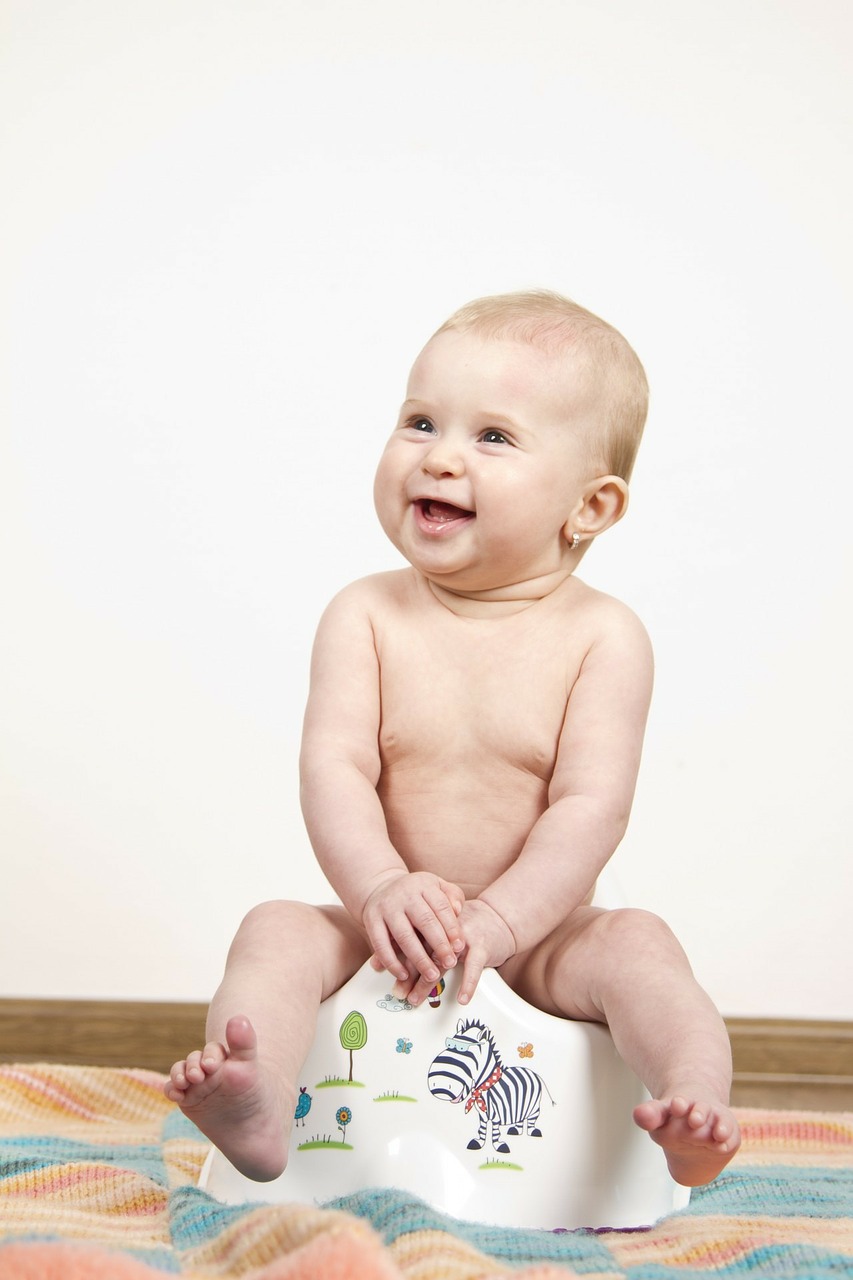
How to Potty Train Kids
How to Potty Train Kids
Contents
– Potty Training: The Right Time
– Helping Your Child Potty Train
– The difference in potty training between boys and girls
– Potty Training at Night
– Potty training: Which potty to choose?
– Potty training: how much does a potty cost?
Potty training takes place in several stages, starting at 18 months. It can last a long time as well as be acquired very easily. It depends on:
– the child;
– the child’s neurological maturity;
– his desire to please his parents;
– and the child’s discomfort with wearing a soiled diaper.
Potty training: the right time
It’s not until 18 months of age that a child can begin to show the desire and need to be potty trained. In general, a child is physically able to be potty trained before the age of two and a half. It all depends on the child’s stage of development.
You can spot the right time by observing your child. When a child starts to isolate himself in a quiet place to defecate or urinate alone in his diaper, he is undoubtedly ready. But be careful; these first signs can also appear later, up to 30 months.
Helping your child potty train
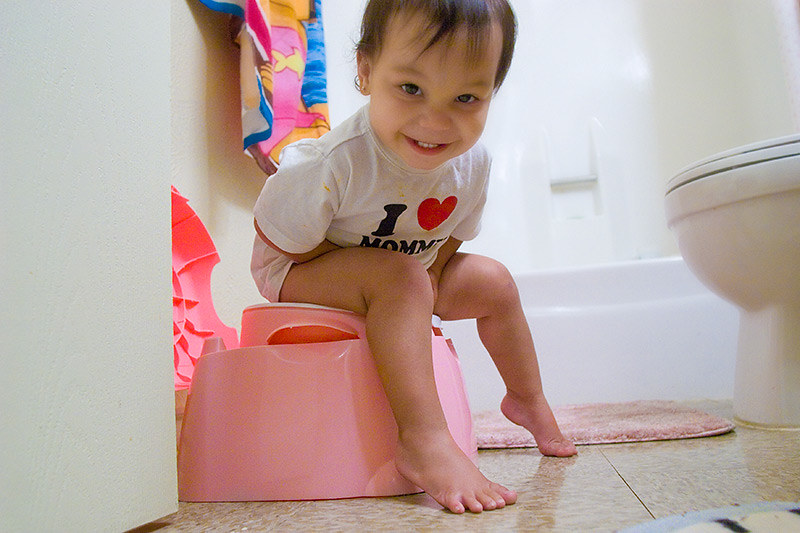
Once you feel your child is ready to start potty training, there are a few rules to follow:
– Buy a potty (usually around 18 months) and put it in the toilet until your child shows interest in it.
– Some children will spontaneously sit on the potty or when you go to the bathroom yourself, out of a desire to imitate grown-ups. Others will need to be prompted. See how he reacts.
– When you realize your child is about to urinate or defecate, offer him the potty without forcing him.
– If he doesn’t go in the potty, praise him for his effort.
– If he does go in the potty, praise him too, and maybe even offer a small reward.
If everything goes well, everything can go very quickly if your child is ready and prefers to go in the potty rather than walk around in a soiled diaper. If not, don’t rush your child, don’t get into conflicts that will make him angry. An argument or a punishment could delay potty training until three and a half. In some cases, anxious children about potty training can quickly become constipated.
The difference in potty training between boys and girls
In general, girls are potty trained more quickly than boys. For example, by 2.5 years of age, approximately 90% of girls and 75% of boys have complete bladder control (Stoppard, 1990 cited in UK Environmental Agency, 2005).
In addition, toilet training is somewhat different between boys and girls, in that boys can also pee standing up. Therefore, parents also need to teach boys how to pee standing up, including lowering the penis so that the urine stream goes into the potty.
Nighttime potty training
Most often, nighttime potty training comes after daytime potty training. Most children in the early stages of potty training need to wear a diaper during naptime and night.
Nighttime potty training depends on the child’s ability to sense the signal when sleeping and the bladder is full. This learning process depends mainly on a certain neurological maturity. So please don’t force it.
You can, however, install a potty in his room and explain to him that if he feels like it, he can get up to relieve himself.
On average, children are out of diapers by 26 months of age, although some may still be in diapers for training and nighttime use for varying lengths of time.
Potty training: which potty to choose?
There are two types of potty to offer your child:
– The classic potty is placed on the ground, and the child can urinate or defecate with his feet firmly on the floor.
– The reducing potty: it fits on the toilet seat with or without a step.
It is sometimes best to offer both to the child, and it is up to him to choose what he prefers and what he finds easier.
Potty training: what price for a potty?
Depending on the potty chosen, whether it is a reducer or a classic potty, prices differ according to materials and options:
– For a potty to be placed on the ground, count between $14 for the simplest models sold in supermarkets, up to $120 for a potty with options such as an integrated flush and musical effects.
– For a toilet reducer with or without an integrated step, count between $10.50 and $60.

Best Kids Shows
You May Also Like
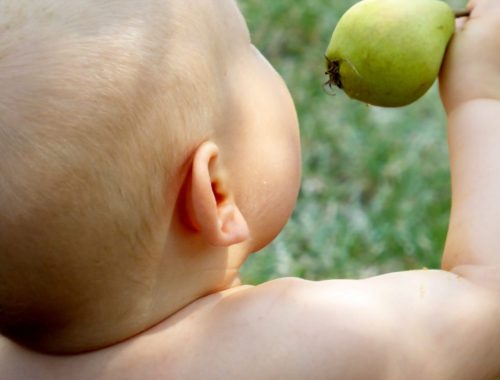
Childhood Awakening: Understanding Key Stages
2023-10-26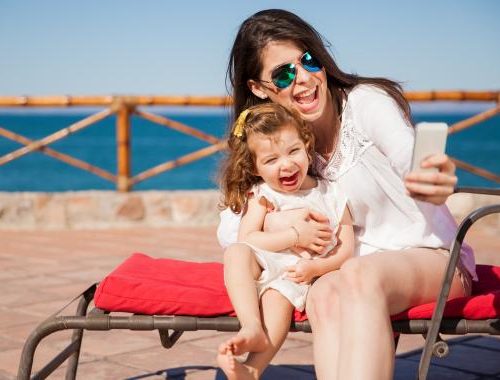
What You Need to Know Before Hiring a Babysitter
2022-03-21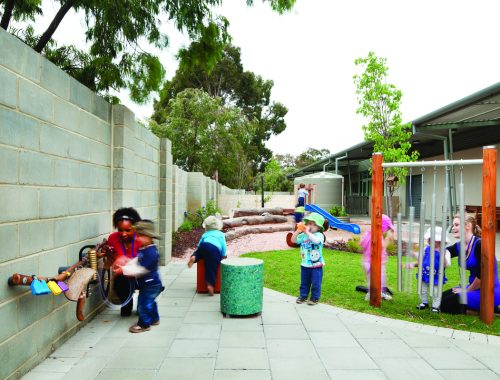

3 Comments
Pingback:
Pingback:
Pingback: